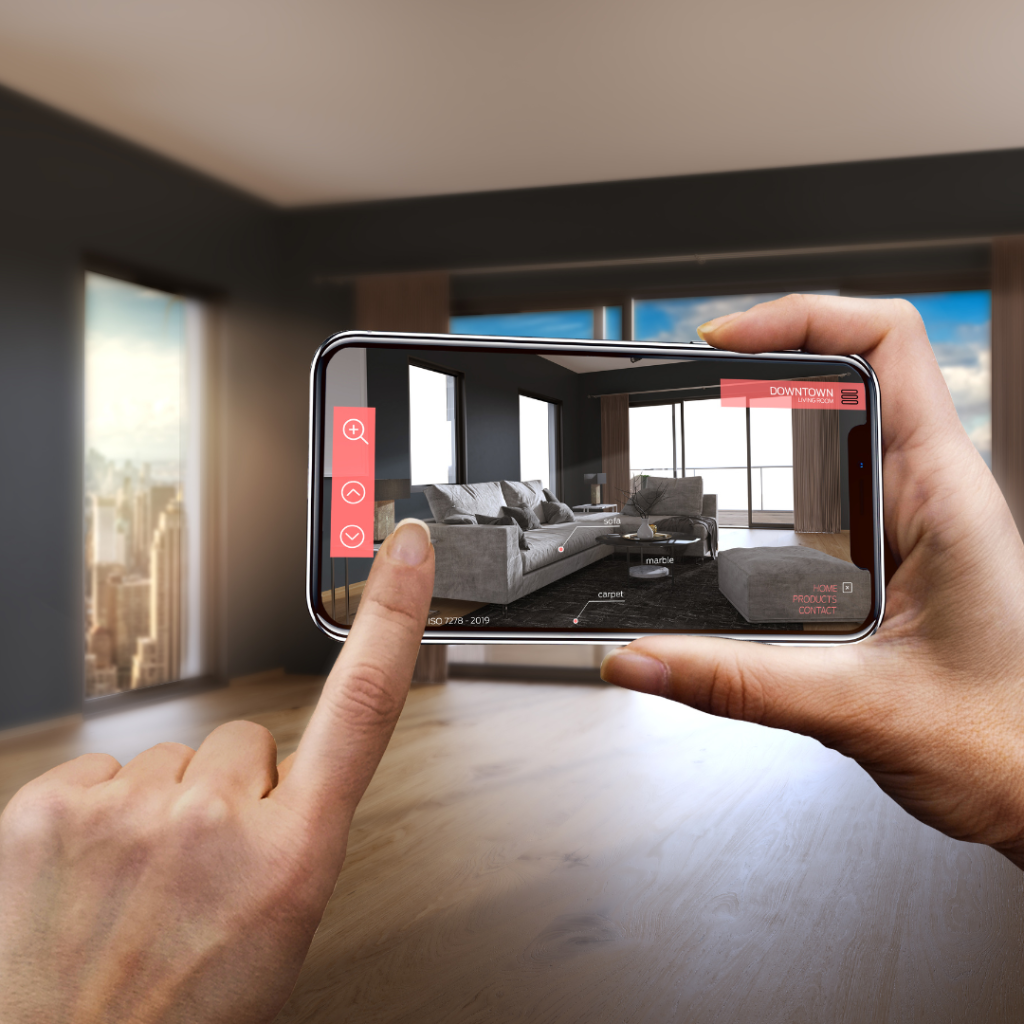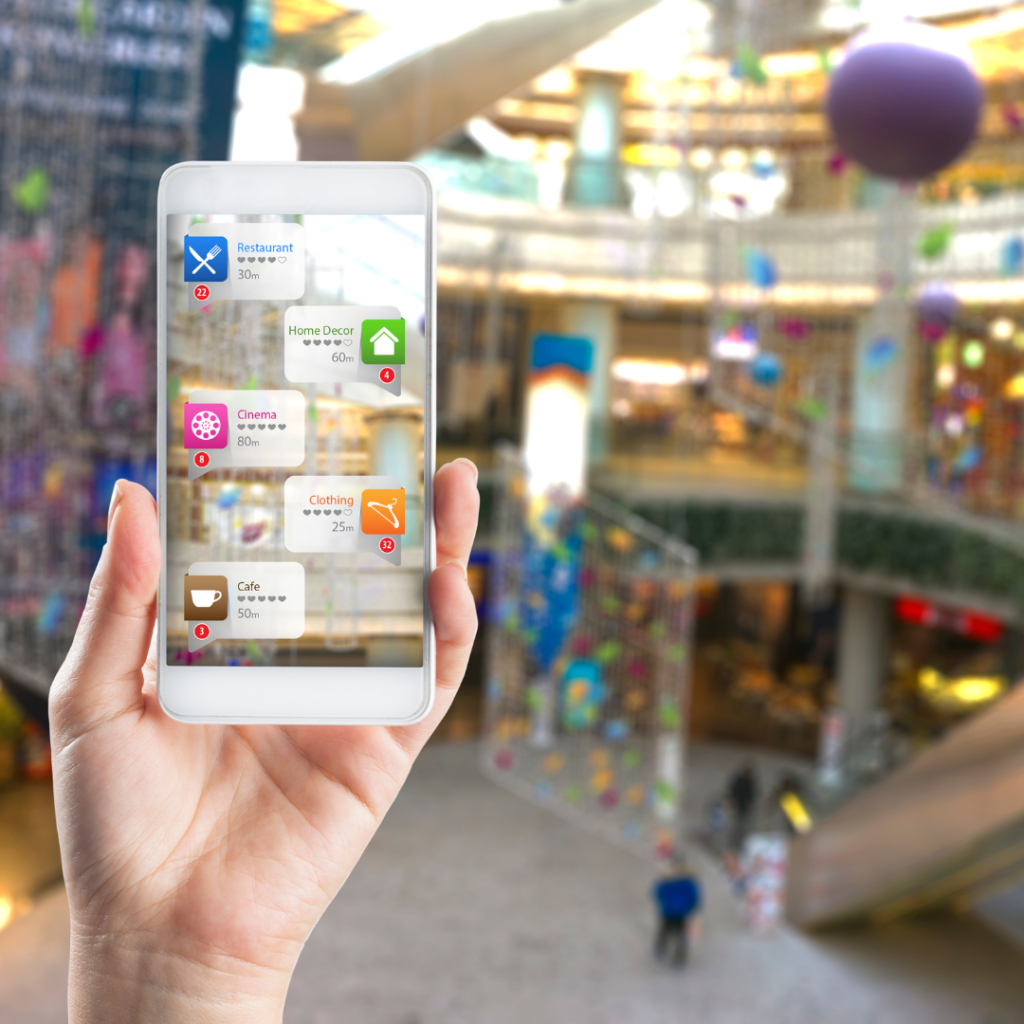Augmented Reality (AR) and Virtual Reality (VR) are two developing technologies that have the potential to change the way we engage with things. AR superimposes digital information on top of the actual world, whereas VR produces a fully immersive digital experience. Both technologies have the potential to improve product visualization by allowing potential buyers to see and interact with things in a more realistic and engaging manner.

Product Visualization Using Augmented Reality (AR) and Virtual Reality (VR).
Augmented reality (AR) and virtual reality (VR) are two developing technologies that have the potential to change the way we engage with things. AR superimposes digital information on top of the actual world, whereas VR produces a fully immersive digital experience. Both technologies have the potential to improve product visualization by allowing potential buyers to see and interact with things in a more realistic and engaging manner.
In the age of e-commerce, when the majority of purchases are made online, presenting potential buyers with a realistic and engaging product experience is critical. Augmented reality (AR) and virtual reality (VR) come into play here. AR and VR technologies are changing the way we perceive and interact with things by providing an immersive and interactive approach to product representation that increases consumer engagement, product comprehension, and, ultimately, sales.
The advantages of adopting AR and VR for product visualization are as follows:
- Increased consumer engagement: AR and VR allow customers to connect with and experience items in a more interactive and engaging way. They can digitally arrange furniture in their houses, try on clothes, and test drive a car without leaving their homes.
- Improved product understanding: AR and VR enable buyers to experience things in context, learn about their features, and have a better sense of scale and proportion. This results in better-informed purchase decisions and fewer product returns.
- Increased revenue: AR and VR may greatly increase sales by improving product visibility and interaction. Customers are more inclined to purchase things that they can see and touch.
- Enhanced brand perception: AR and VR deliver a one-of-a-kind and unforgettable customer experience, boosting brand loyalty and good brand perception.

Examples of how AR and VR are being utilized for product visualization:
- Furniture companies: AR applications allow clients to digitally place furniture in their homes, allowing them to see how it would fit and look in their exact room.
- Fashion companies: AR applications allow buyers to digitally try on garments and accessories, minimizing the need for real try-ons and boosting the possibility of online sales.
- Automotive companies: VR experiences allow potential vehicle customers to immerse themselves in the driving experience, presenting the automobile’s features and interior design in a realistic manner.
- Home décor companies: AR applications allow clients to virtually place home décor goods in their homes, allowing them to see how different styles and colors will match their existing décor.
The Future of AR and VR for Product Visualization:
- The potential of AR and VR for product visualization is immense and growing all the time. As the technology evolves, we should anticipate to see even more unique and imaginative applications that improve the product visualization experience.
- Real-time product information: AR apps might deliver real-time product information, such as pricing, features, and reviews, layered onto the product itself.
- Interactive product demos: VR experiences might go beyond merely displaying items and enable interactive demonstrations, allowing buyers to personally experience product performance and features.
- Tailored product visualization: AR and VR might be used to provide tailored product visualization experiences, adjusting product recommendations and visuals to particular customer tastes and styles.
Conclusion:
AR and VR are transforming the way we perceive and engage with items, providing an immersive and engaging approach to product representation. AR and VR are becoming vital tools for organizations across all sectors, increasing consumer engagement, product comprehension, and ultimately sales. As technology advances, we should expect to see even more unique and imaginative solutions that will further revolutionize the product viewing experience and determine the future of e-commerce.

Further thoughts:
- AR and VR may be utilized to create a more smooth and unified consumer journey by bridging the gap between online and physical buying experiences.
- AR and VR may be combined with social media platforms, allowing customers to share their product visualization experiences with their friends and followers, therefore increasing brand reach and engagement.
- We should expect widespread adoption of AR and VR technologies across a variety of businesses, not only retail and e-commerce, as the technology becomes more accessible and inexpensive.
Businesses who use AR and VR for product visualization will gain a competitive advantage in the ever-changing e-commerce environment. Businesses may promote consumer engagement, increase product comprehension, and ultimately drive sales success by giving customers with an immersive, interactive, and personalized product visualization experience.





